Sweet Paprika vs Smoked Paprika: The Spicy Showdown You Didn’t Know You Needed
Table of Contents
- Introduction: Paprika – More Than Just Red Powder
- What’s the Real Difference? Sweet vs Smoked
- Flavor Profiles Demystified
- Cooking Tips & Pro Tricks
- Visual Comparison Table
- Myth Busting: What Everyone Gets Wrong
- Conclusion: Which One Should You Use?
Introduction: Paprika – More Than Just Red Powder
If you’ve ever stood in a grocery store staring at those little jars labeled "paprika" and wondered if they’re just fancy coloring agents, welcome to the club. But guess what? Paprika is a flavor powerhouse — when you know which one to use!
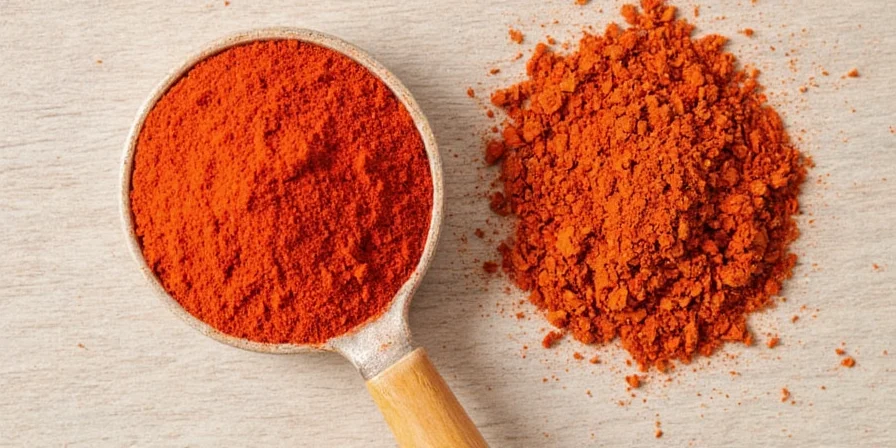
What’s the Real Difference? Sweet vs Smoked
You might think that sweet paprika is simply the milder version of smoked paprika, but it's not quite that simple. Let’s break it down:
- Sweet paprika: Made from dried sweet peppers (Capsicum annuum), usually ground into fine powder. It brings a mild, slightly fruity flavor without heat.
- Smoked paprika: Also known as pimentón, this version is made by drying peppers over oak fires, giving it a deep smoky aroma and robust flavor.
Think of it like the difference between a sunny day and a campfire night — both nice, just different vibes.
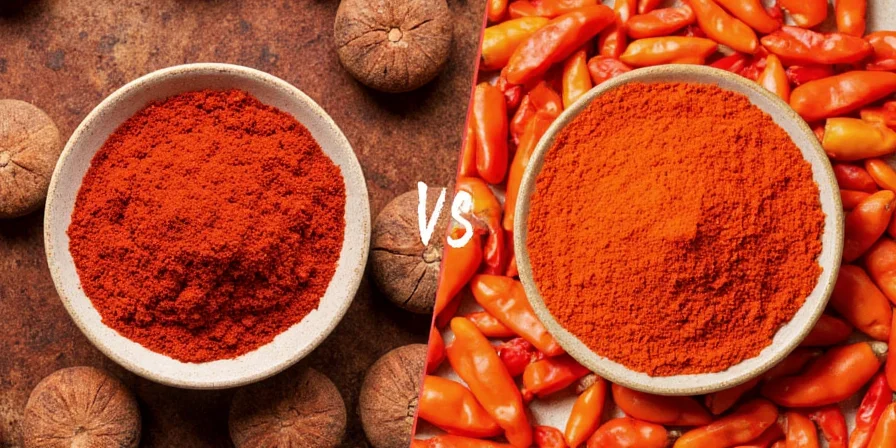
Flavor Profiles Demystified
Understanding how each type of paprika tastes is key to choosing the right one for your dish:
- Sweet Paprika: Think red bell pepper meets sun-dried tomato with zero heat. Great for adding color and subtle sweetness.
- Smoked Paprika: Deep, earthy, smoky — imagine bacon wrapped in a chili blanket and kissed by wood smoke. A little goes a long way.
Cooking Tips & Pro Tricks
Now let’s get practical! Here are some real-world uses and expert-approved tips to level up your paprika game:
- Use sweet paprika for pastel-colored dishes: Like deviled eggs, light soups, or creamy potato salads. Adds color without overpowering flavor.
- Smoked paprika = grill indoors: When you can’t fire up the barbecue, a pinch of smoked paprika turns grilled chicken or tofu into a smoky masterpiece.
- Don’t cook it forever: Both types lose flavor when exposed to high heat too long. Sprinkle toward the end of cooking or mix into finishing sauces.
- Pair wisely: Sweet paprika plays well with dairy, citrus, and fresh herbs. Smoked paprika loves garlic, cumin, tomatoes, and beans.
- DIY Paprika Oil: Mix either type with olive oil, a bit of salt, and let sit overnight. Strain and drizzle on roasted veggies or hummus.
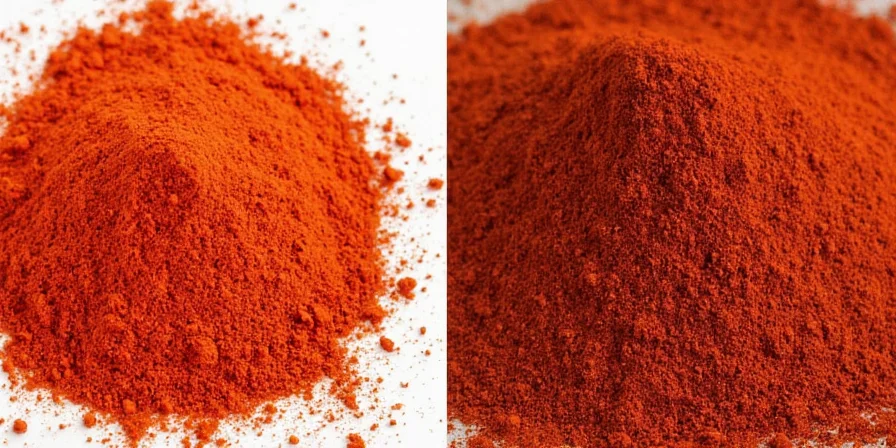
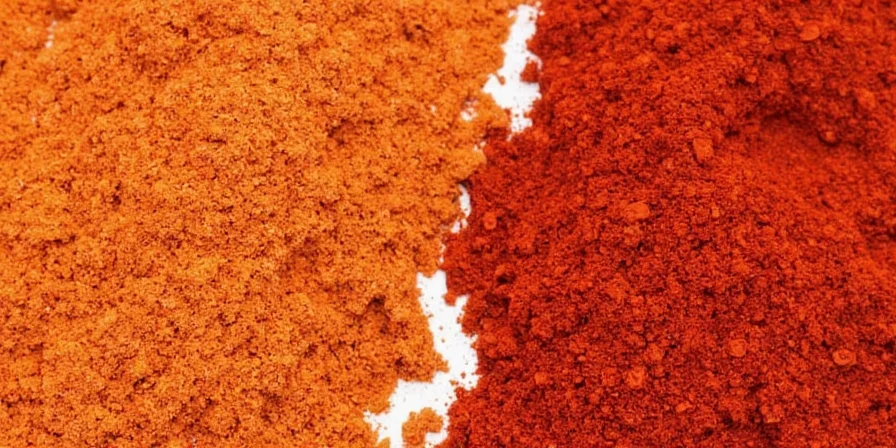
Visual Comparison Table
| Feature | Sweet Paprika | Smoked Paprika |
|---|---|---|
| Origin | Hungary, Central Europe | Spain, especially Extremadura |
| Processing | Dried and ground | Smoke-dried then ground |
| Flavor Profile | Mild, sweet, slightly fruity | Earthy, smoky, bold |
| Heat Level | Mild (0–500 SHU) | Mild to medium depending on variety (0–2,000 SHU) |
| Best For | Colorful garnishes, light dishes | Meat rubs, stews, BBQ sauces |
Myth Busting: What Everyone Gets Wrong
Let’s clear up some common misconceptions about these two popular spices:
- Myth: All paprika is spicy.
Reality: Most sweet paprika isn't spicy at all. In fact, Hungarian varieties are bred specifically for sweetness and color. - Myth: Smoked paprika must come from Spain.
Reality: While Spanish pimentón is the most famous, other countries also produce quality smoked paprika. Look for labels indicating traditional smoking methods. - Myth: You can substitute them freely in recipes.
Reality: They're NOT interchangeable. Using sweet instead of smoked can leave dishes bland; using smoked where sweet is called for can overwhelm flavors.
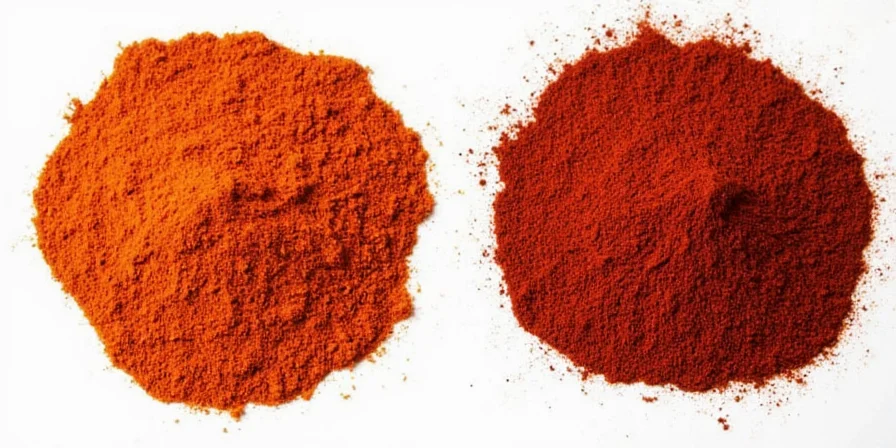
Conclusion: Which One Should You Use?
When it comes to sweet paprika vs smoked paprika, the answer isn’t about which is better — it’s about matching the spice to the vibe you want in your dish.
- Want something bright, gentle, and colorful? Sweet paprika has your back.
- Need to add depth, drama, and a touch of campfire soul? Smoked paprika is your go-to.
And hey, why not keep both in your spice drawer? After all, variety is the spice of life — literally!


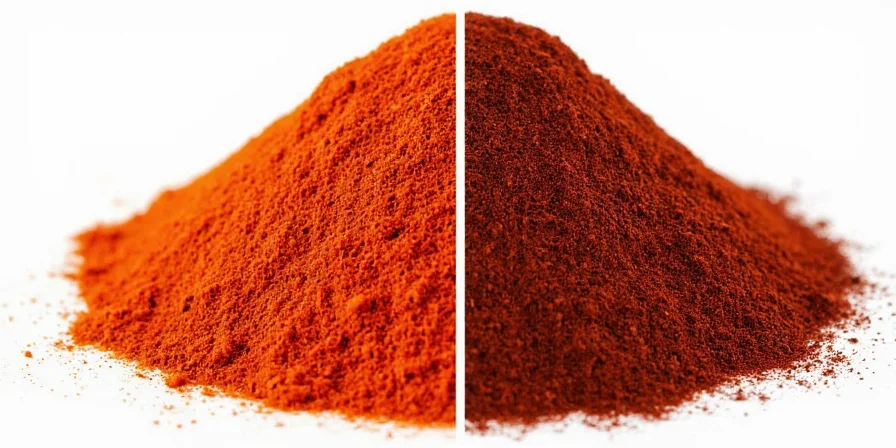









 浙公网安备
33010002000092号
浙公网安备
33010002000092号 浙B2-20120091-4
浙B2-20120091-4